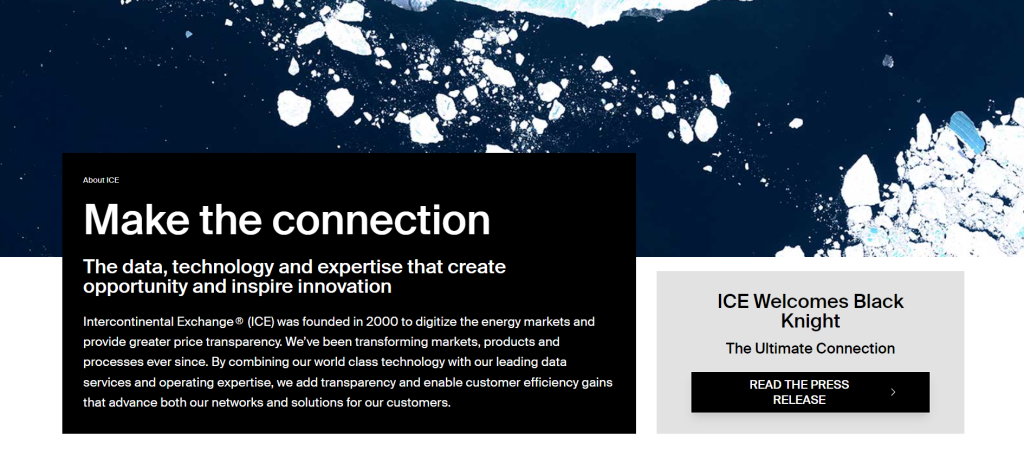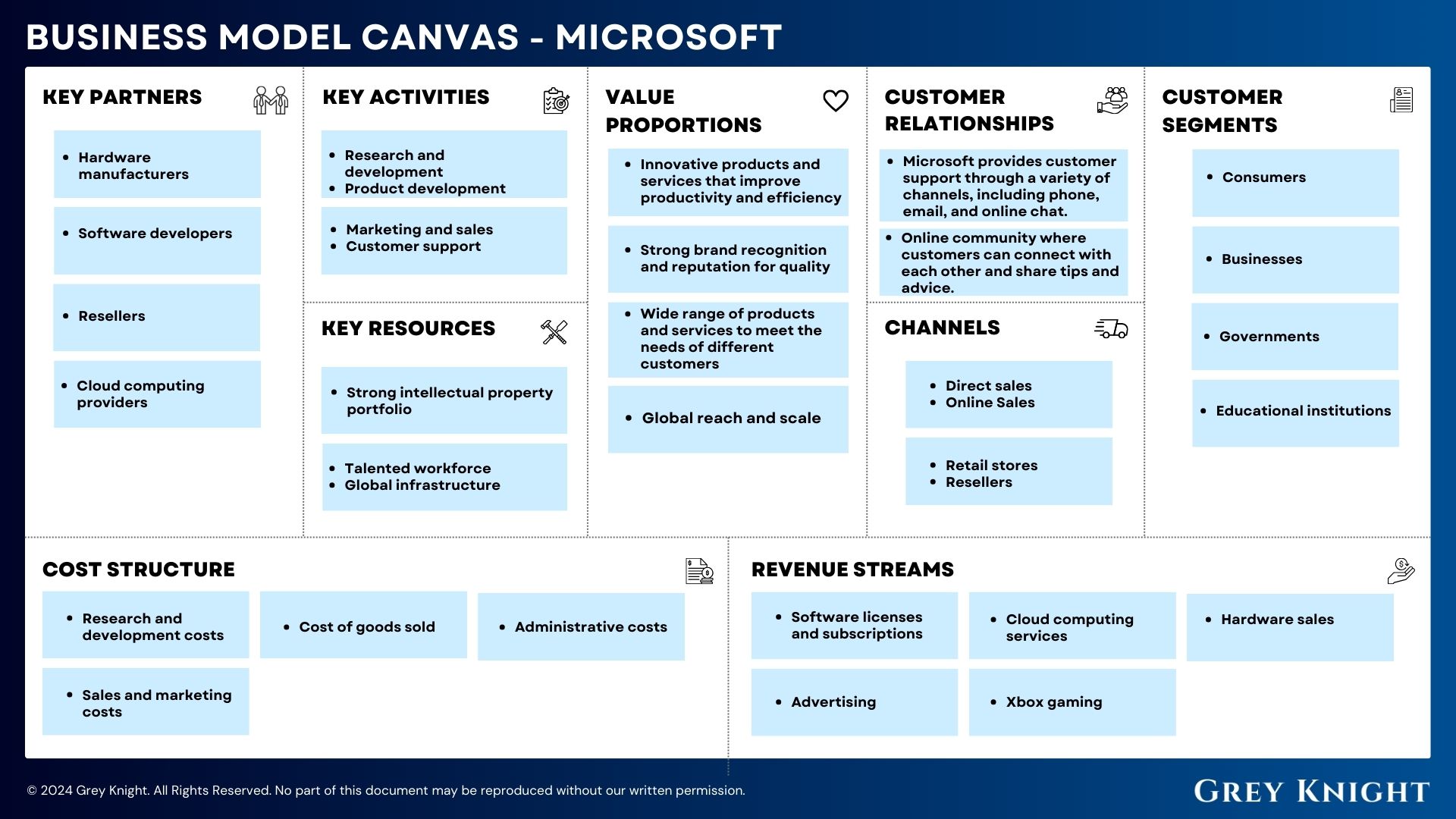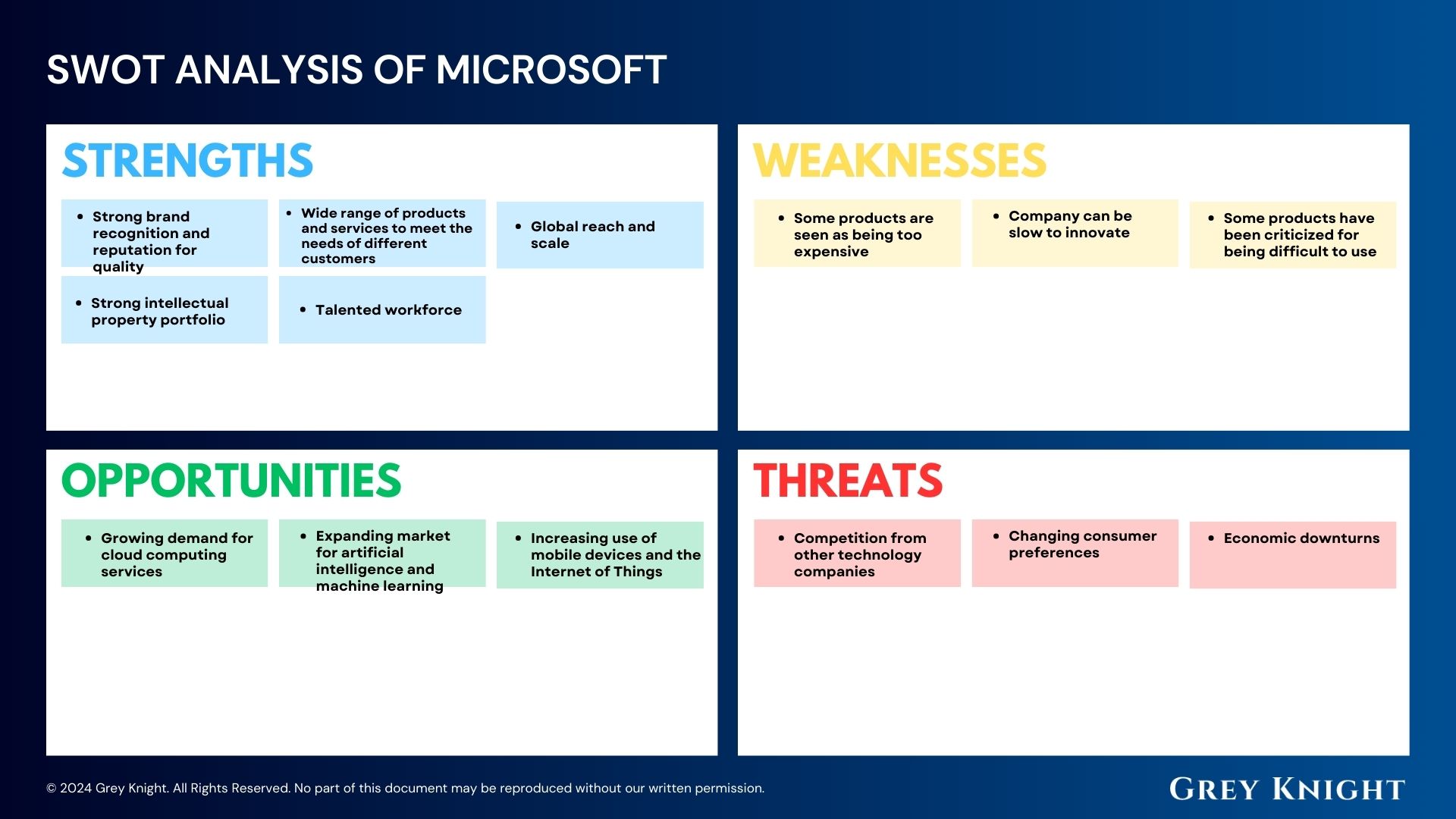Table of Contents
ToggleA Brief History of ICE
Intercontinental Exchange, Inc. (ICE) is a global company that operates financial and commodity markets. It was founded in May 2000 by Jeffrey Sprecher, who is the current CEO and Chairman of the company. ICE began as an electronic energy trading platform but soon expanded its services to include futures and over-the-counter (OTC) markets for energy, agriculture, credit, and equity products.
In 2005, ICE made a landmark acquisition of the New York Board of Trade, which allowed the company to enter the agricultural commodities market. In the same year, ICE went public with its initial public offering (IPO) on the New York Stock Exchange.
Over the years, ICE has continued to grow and expand its operations through strategic acquisitions. In 2013, ICE acquired NYSE Euronext, the parent company of the New York Stock Exchange, which solidified its position as a major player in the global financial markets. ICE has also expanded its footprint in the data and analytics sector through acquisitions of firms such as SuperDerivatives and Interactive Data Corporation.
Today, Intercontinental Exchange, Inc. is a leading provider of trading, clearing, and data services for global markets. The company operates 12 regulated exchanges and marketplaces and provides data and listing services to thousands of companies and financial institutions worldwide. ICE is headquartered in Atlanta, Georgia, and has offices in major financial centers around the world.
Who Owns ICE?
Intercontinental Exchange, Inc. (ICE) is owned by a wide range of institutional and individual investors. The top 10 shareholders of ICE are typically large mutual funds, pension funds, and investment management firms. These shareholders play a significant role in influencing the company’s strategic decisions and direction. The list of top 10 shareholders of ICE includes Vanguard Group Inc., BlackRock Inc., State Street Corporation, Capital Research & Management Co., and T. Rowe Price Associates, Inc. These shareholders hold substantial stakes in the company and have a vested interest in its success. These institutional investors also provide stability and long-term support for ICE’s growth and development.
ICE Mission Statement

Intercontinental Exchange, Inc.’s mission is to build and operate global and transparent financial marketplaces in order to provide a more efficient, resilient, and secure way for people to manage risk and access capital. They are committed to innovation and integrity in their operations and strive to create value for their customers, shareholders, and broader communities. Through their technology and expertise, they aim to empower businesses and individuals to thrive in the global marketplace.
How ICE Makes Money?
Intercontinental Exchange, Inc. (ICE) operates a global network of exchanges and clearing houses, providing a range of services including risk management, data, and technology solutions. ICE makes money primarily through transaction and clearing fees, as well as data services and technology solutions for its customers. The company’s revenue stream is also derived from listings, fixed-income and equity trading, and market data services. Additionally, ICE generates income from its energy futures and over-the-counter (OTC) markets, as well as from its mortgage technology and analytics platforms. Overall, ICE’s diverse revenue streams contribute to its success as a leading global exchange and provider of financial and commodity markets.
ICE Business Model Canvas
The Business Model Canvas is a strategic management tool that provides a visual representation of a company’s business model. It covers nine key areas that are crucial to the success of any business, including customer segments, value propositions, channels, customer relationships, revenue streams, key resources, key activities, key partners, and cost structure. By clearly defining these areas, businesses can gain a better understanding of their operations and identify areas for improvement.
Customer Segments:
– Intercontinental Exchange, Inc. serves a range of customer segments, including institutional investors, traders, corporations, and government entities.
– They also target retail investors and individual traders who are looking to participate in the various financial markets that the company operates in.
Value Propositions:
– Intercontinental Exchange, Inc. offers a wide range of value propositions to its customers, including access to global financial markets, innovative trading solutions, and robust risk management services.
– The company also provides transparency, reliability, and integrity in all its operations, which are highly valued by its customers.
Channels:
– The company leverages multiple channels to reach its customers, including online trading platforms, direct sales and marketing efforts, and partnerships with financial institutions and brokerage firms.
– They also utilize electronic communication networks (ECNs) and other technology-driven channels to connect with their customer base.
Customer Relationships:
– Intercontinental Exchange, Inc. prioritizes building strong customer relationships through personalized customer service, ongoing education and support, and tailored solutions to meet their customers’ specific needs.
– The company also focuses on fostering long-term partnerships with its customers to ensure continued success and loyalty.
Revenue Streams:
– The company generates revenue through trading fees, data services, and clearing and settlement services.
– They also earn income from technology services, market data, and other offerings related to their financial markets operations.
Key Resources:
– Intercontinental Exchange, Inc. relies on key resources such as advanced technology infrastructure, market data, regulatory compliance expertise, and a highly skilled workforce.
– They also utilize partnerships with clearing and settlement entities, financial institutions, and technology vendors to support their operations.
Key Activities:
– The company’s key activities include operating and maintaining global financial markets, developing and deploying trading platforms, and facilitating clearing and settlement processes.
– They also engage in market data aggregation, risk management services, and regulatory compliance activities to ensure the integrity and efficiency of their operations.
Key Partners:
– Key partners for Intercontinental Exchange, Inc. include financial institutions, brokerage firms, regulatory bodies, and technology providers.
– The company also collaborates with clearing and settlement entities, market data vendors, and industry associations to support their business goals.
Cost Structure:
– The cost structure of Intercontinental Exchange, Inc. includes expenses related to technology infrastructure, employee salaries and benefits, regulatory compliance, marketing and sales efforts, and partnerships.
– They also incur costs associated with data services, clearing and settlement processes, and ongoing research and development activities.
ICE’s Competitors
Intercontinental Exchange, Inc. (ICE) is a leading global exchange operator and provider of data, analytics, and technology solutions. The company’s competitors include:
1. CME Group Inc.
2. Nasdaq, Inc.
3. Deutsche Börse AG
4. London Stock Exchange Group plc
5. Hong Kong Exchanges and Clearing Limited
These companies also operate in the financial and commodity markets, offering trading and clearing services, market data, and technology solutions. ICE competes with them in various segments of the global exchange industry.
ICE SWOT Analysis
Strengths:
1. Leading global financial technology company
2. Diverse product and service offerings
3. Strong brand reputation and customer loyalty
4. Strategic partnerships and collaborations with other organizations
Weaknesses:
1. Vulnerability to changes in regulations and market conditions
2. Limited geographical presence compared to competitors
3. Dependence on a relatively small number of key customers
4. High level of competition in the financial technology industry
Opportunities:
1. Expansion into emerging markets
2. Growth potential in digital asset trading and cryptocurrency markets
3. Increasing demand for risk management solutions
4. Potential for strategic acquisitions and investments in innovative technologies
Threats:
1. Regulatory changes impacting the financial industry
2. Intense competition from other financial technology companies
3. Economic downturns and market volatility affecting trading volumes
4. Cybersecurity risks and data breaches
Concluding Analysis
In conclusion, after analyzing the business model of Intercontinental Exchange, Inc., it is clear that the company’s diversified revenue streams and strategic acquisitions have positioned it as a powerhouse in the global financial market. Their commitment to innovation and technology has led to impressive growth and efficiency in their operations. As an analyst, I am optimistic about the future of Intercontinental Exchange, Inc. Their continued expansion into new markets and their focus on developing innovative solutions will likely drive further success and profitability for the company. With a strong foundation and forward-thinking leadership, I believe Intercontinental Exchange, Inc. is well poised to continue thriving in the ever-evolving financial landscape.
Additional Resources
To keep learning and advancing your career, we highly recommend these additional resources:
Business Model Canvas of The Top 1,000 Largest Companies by Market Cap in 2024
A List of 1000 Venture Capital Firms & Investors with LinkedIn Profiles
Peter Thiel and the 16 Unicorns: The Legacy of Thiel Fellowship












